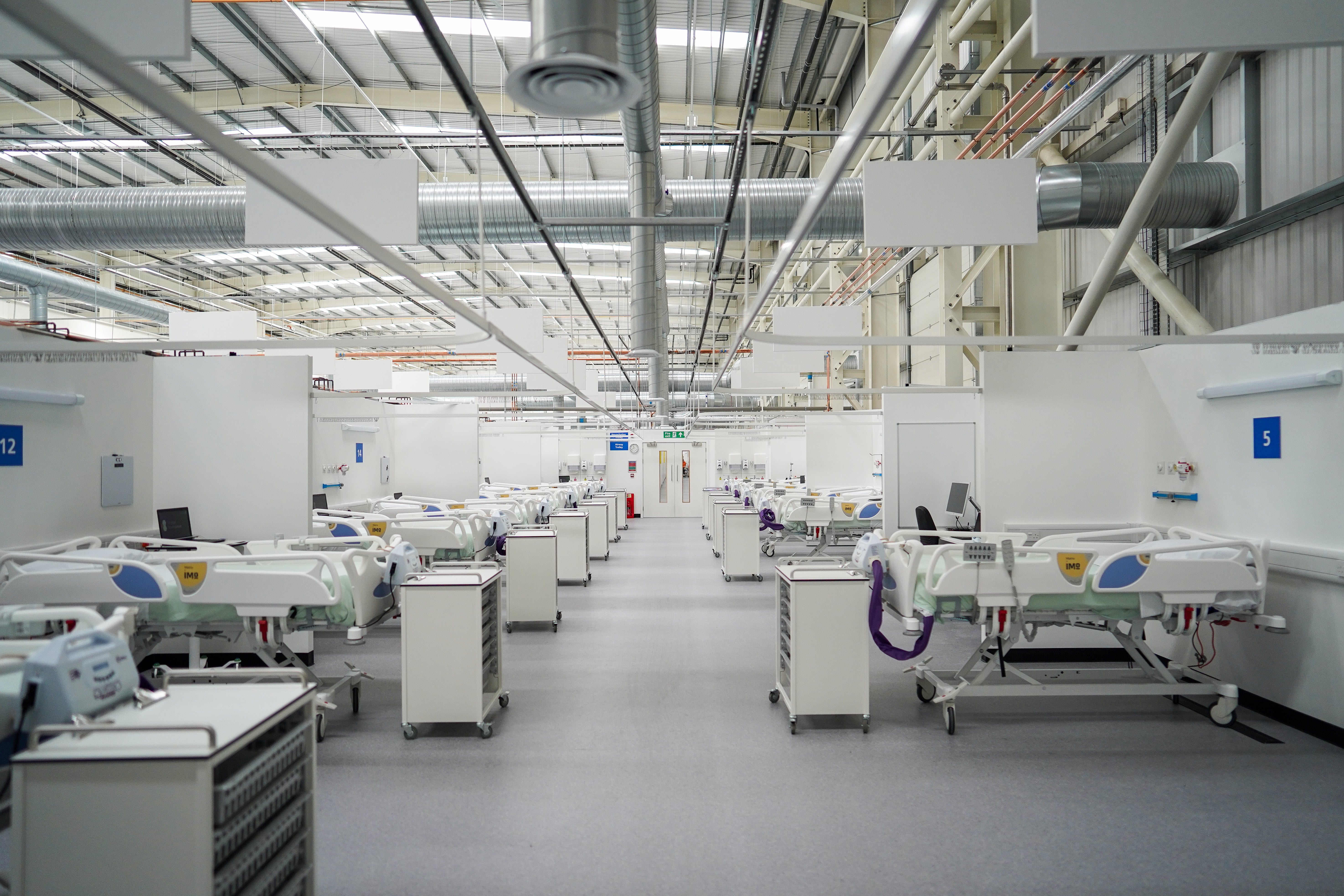Plan buildings with better ventilation to prevent future Covid-like outbreaks, say experts
Scientists call for paradigm shift on scale of London’s response to cholera outbreaks of the 1800s

Your support helps us to tell the story
From reproductive rights to climate change to Big Tech, The Independent is on the ground when the story is developing. Whether it's investigating the financials of Elon Musk's pro-Trump PAC or producing our latest documentary, 'The A Word', which shines a light on the American women fighting for reproductive rights, we know how important it is to parse out the facts from the messaging.
At such a critical moment in US history, we need reporters on the ground. Your donation allows us to keep sending journalists to speak to both sides of the story.
The Independent is trusted by Americans across the entire political spectrum. And unlike many other quality news outlets, we choose not to lock Americans out of our reporting and analysis with paywalls. We believe quality journalism should be available to everyone, paid for by those who can afford it.
Your support makes all the difference.Scientists say the Covid-19 pandemic should serve as a wake-up call for the biggest overhaul of urban planning for public health in almost 200 years.
Writing in an article published in the journal Science on Thursday, a group of 39 scientists say governments must intervene to enforce better ventilation as part of the planning code for public buildings, in order to prevent future pandemics.
They point to the example of the cholera epidemics in 19th century London, when a young lawyer and social reformer named Edwin Chadwick undertook a deep investigation into the city’s sanitation that prompted nationwide changes to the way we organise clean water supplies and sewage systems.
In his iconic 1842 report, Chadwick championed sanitary reform in London with a call for the government’s intervention to provide clean water, improve drainage systems, and enable local councils to clear away refuse from homes and streets – three recommendations that have since inspired hygiene codes in cities around the world.
While public health regulations have historically focussed on establishing sanitation, drinking water, and food safety standards, the group of scientists including Cath Noakes from the University of Leeds said the health risk from the indoor spread of airborne pathogens such as the novel coronavirus is currently addressed “fairly weakly”.
“Think about how often we catch a disease like flu or Covid from someone in a building. If the building codes recognise the role of infectious disease transmission, that could protect our health from all infectious diseases,” Noakes, Professor of Environmental Engineering for Buildings, told The Independent.
Observing that people in Europe and North America spend nearly 90 per cent of their time indoors, Joseph Allen, Director of the Healthy Buildings Program at Harvard’s T H Chan School of Public Health, notes in his 2020 book Healthy Buildings that there are still no internationally accepted indoor air quality standards.
While there are measures such as those enforced by the US Occupational Health and Safety Administration (OSHA) for exposures to pollutants indoors, Allen says even these are outdated and inadequate for ensuring protection of people’s health.
Even the WHO’s Ventilation Roadmap falls short in recognising the hazards of airborne respiratory infection spread, the experts say.
The current pandemic has put an unprecedented focus on how respiratory pathogens spread in public buildings such as schools, hospitals and restaurants, suggesting that the way these buildings are designed, built, and operated tends to influence disease transmission.
While ventilation is one of the important tools, along with masking and distancing, that has played a role in risk reduction amidst the pandemic, infectious disease epidemiologist Saskia Popescu says it is often a challenging one to modify.
“For many, the cost implications or even ability to make changes in their construction/ventilation systems are hurdles that can’t be overcome. So it’s important that we do encourage this on a larger public health scale, but also acknowledge these roadblocks,” Popescu, who is also a Senior Infection Preventionist in Phoenix, Arizona, tells The Independent.
“Simply saying ‘improve ventilation’ is a privileged thing – we need to provide guidance for communities with varying levels of resource, and ultimately emphasise risk reduction being additive,” she added.
Noakes concurred, saying that it may not be necessary to change the design codes for every building.
“We may have to change for gyms because that is a place where people can exhale a lot of viruses and others breathe it in deeply. So we need to see if particular places carry additional risks due to poor ventilation and focus on those,” the professor added.
The cost for adequate ventilation systems is also manageable, according to the scientists, who say airborne infection can be effectively addressed in buildings without having to turn “every indoor space to a biosafety facility”. They estimate the cost of improved ventilation as being a less than 1 per cent increase in the construction costs of public buildings.
“Existing evidence suggests that controlling airborne infections can cost society less than to bear them,” the scientists said in a statement.
Join our commenting forum
Join thought-provoking conversations, follow other Independent readers and see their replies
Comments